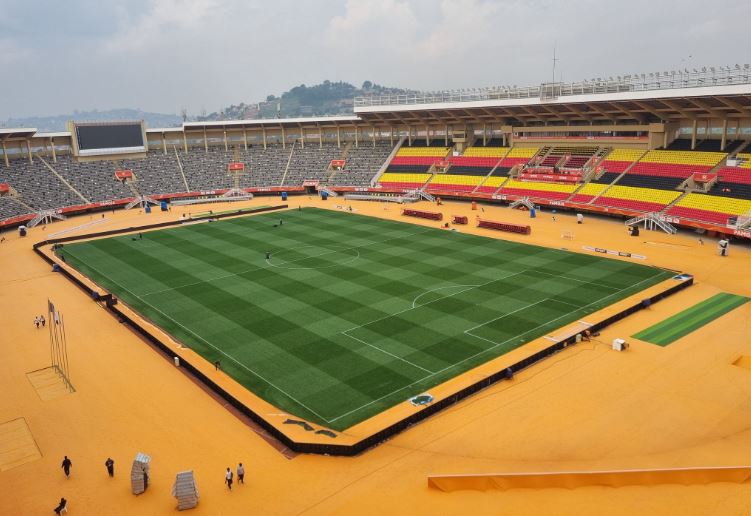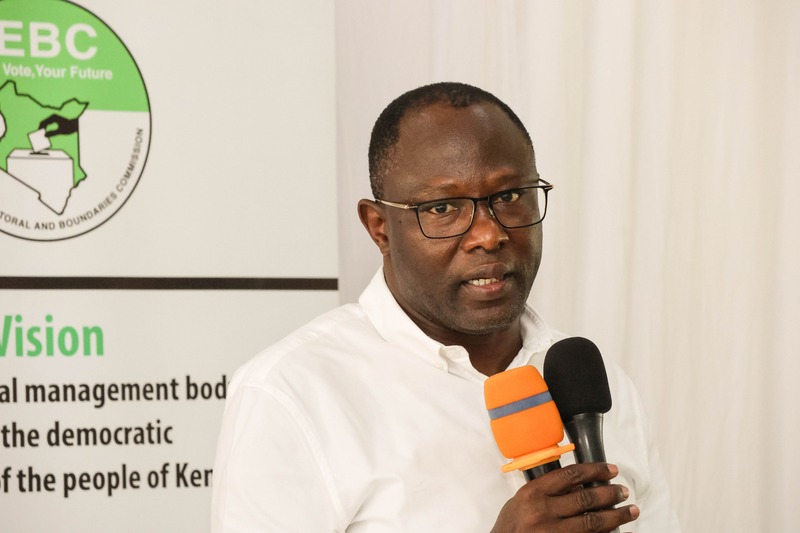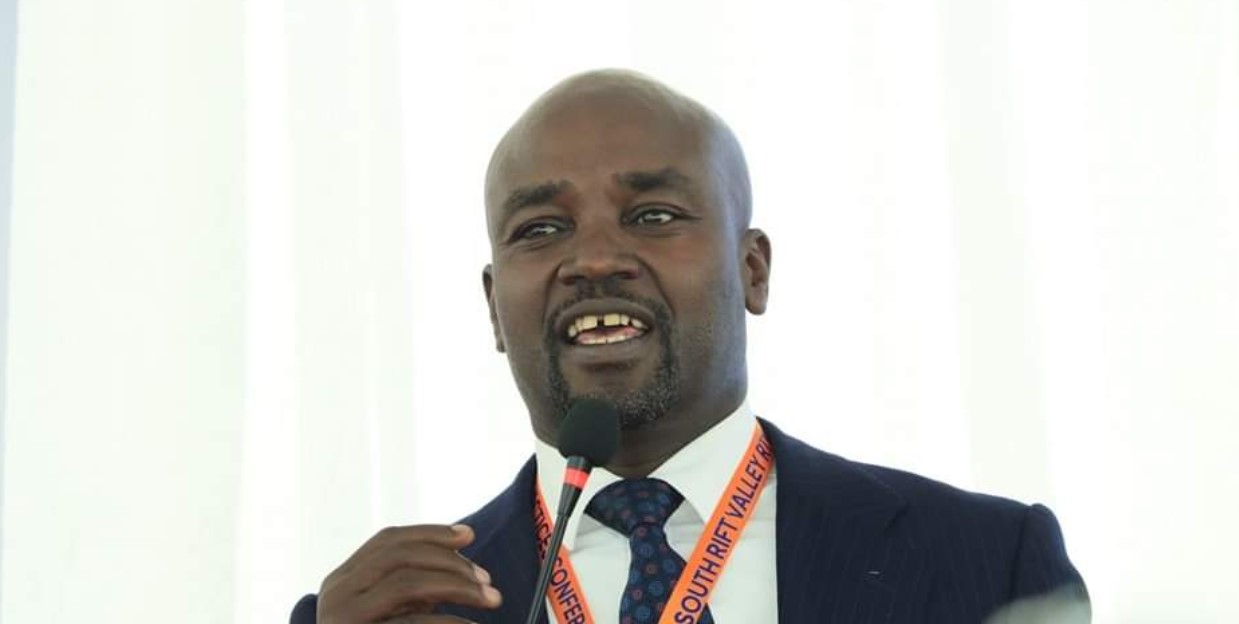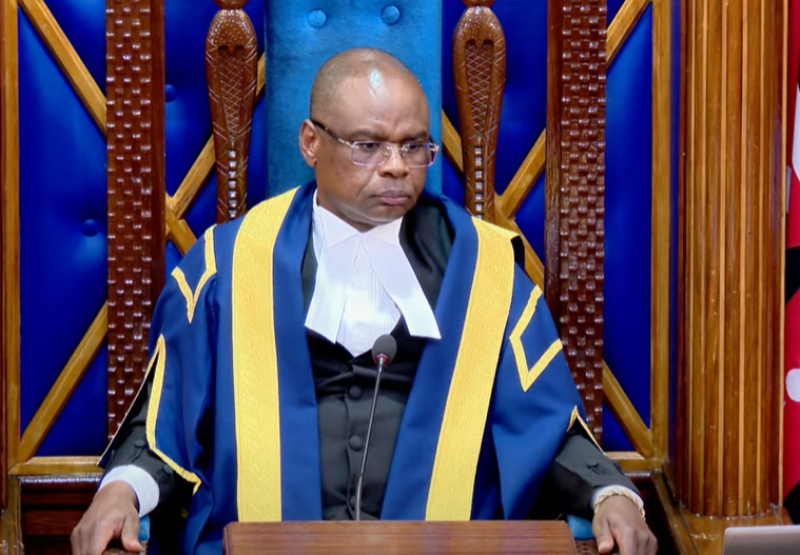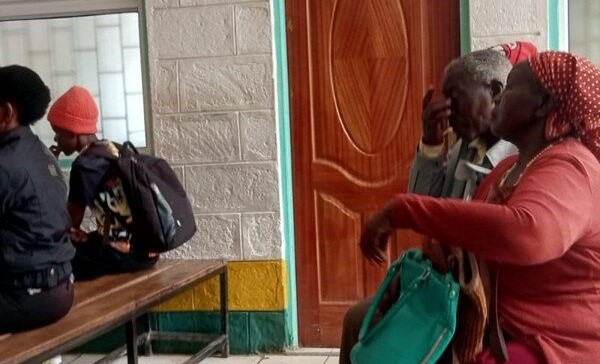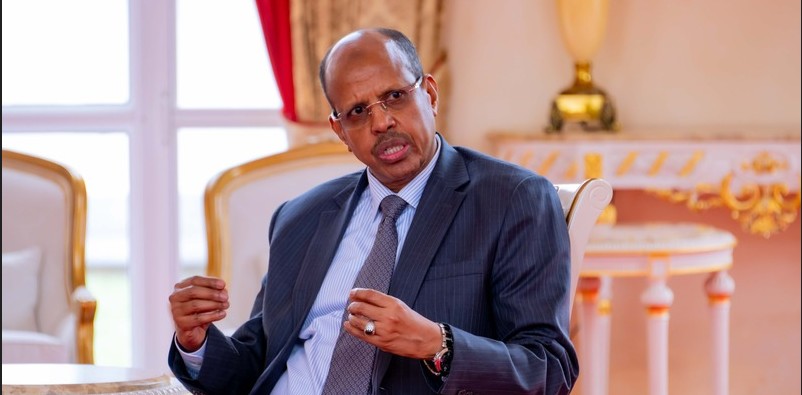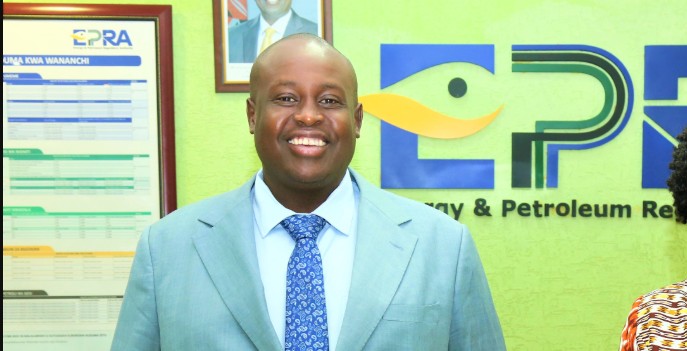Planned gas price controls draw mixed reactions from dealers

The move, which aims to stabilise retail prices and curb exploitation, comes amid a rise in illegal gas dealers and growing concern over market price distortions in the sector.
The government’s proposal to impose price controls on Liquefied Petroleum Gas (LPG) has drawn mixed reactions from gas vendors, with opinions sharply divided on the policy’s potential impact.
The move, which aims to stabilise retail prices and curb exploitation, comes amid a rise in illegal gas dealers and growing concern over market price distortions in the sector.
More To Read
- Government's subsidised gas project in limbo as millions of cylinders lie unused due to lack of funds, audit shows
- Why investing in a quality gas burner matters and how to spot a fake
- Kenyans using cooking gas more despite rising prices, KNBS report shows
- Rubis Energy names Total's Olivier Sabrié as new East Africa CEO
- James Nduati's 20-year journey to building Eastleigh charcoal empire
- Majengo slum residents turn to wood waste in quest for cheap cooking fuel
Speaking to The Eastleigh Voice, supporters of the proposed regulation argue that setting price caps would help protect legitimate, licensed businesses that are struggling to compete with unregulated players.
They claim the unregulated vendors often undercut prices or cause instability through erratic pricing, undermining consumer trust and hurting formal enterprises.
According to Edwin Indusa, a gas vendor reselling TotalEnergies products based in Eastleigh’s California area, the planned price control will help bring stability to the market and promote fairness in trade.
“Once the market stabilises and consumers eventually find their way back to buying legitimate LPG, we could even see a drop in the number of safety disasters,” Indusa said.
“Most of these low-cost unregulated products come in poorly maintained containers and contain low-quality gas, which increases the chances of fires.”
He further emphasised that the government should be serious about implementing the plan to ensure fairness in the sector, while also protecting consumers from exploitation and the risks associated with unsafe LPG products.
Others who spoke to the reporter in support of the move also maintain that addressing the illegal LPG trade now will benefit both businesses and consumers in the long run, by reducing safety hazards and restoring consumer confidence in the formal market.
However, some vendors seem unconvinced. Among them is a mid-30s male vendor who requested anonymity.
He says the plan, while well-intentioned, misses the mark.
“The move is good, but the government has other important consumer-related issues that it should look at, not products such as gas, which consumers do not buy daily,” the vendor said.
“Consumers do not use gas daily like they use cooking oil or flour, and those are the areas where consumers are really hurting.”
The Energy and Petroleum Regulatory Authority (EPRA) recently announced that the plan to introduce maximum retail price controls for cooking gas (LPG) in Kenya is expected to be implemented starting in October 2025.
The regulations aim to create a clear legal and regulatory framework, including consultations with stakeholders on the Open Tender System (OTS) for bulk LPG imports.
Notably, the system is expected to promote competitive bidding, helping to drive down costs and maintain a steady supply with an overall objective of making LPG more affordable and safeguarding consumers, a challenge that has persisted despite earlier efforts such as tax reductions.
The regulator announced it is putting in place structures for the importation of cooking gas under the Open Tender System and retail price controls.
It follows December’s Cabinet approval, through which the government seeks to lower the cost of LPG by ending the monopoly in the industry.
Lowering LPG prices is also expected to encourage more households to shift to clean energy, supporting the government's goal to raise annual per capita gas consumption from the current seven kilograms to 15 kilograms.
In addition, the state aims to significantly boost LPG penetration nationwide, from the current 24 per cent to 70 per cent by 2028.
Top Stories Today




